The Barn Owl is a medium sized owl with no ear-tufts and a heart-shaped face. These pale, nearly worldwide birds are closely associated with man through their traditional use of barn lofts and church steeples as nesting sites. The species name "alba" refers to the colour white. Other names for the Barn Owl have included Monkey-faced Owl, Ghost Owl, and Church Owl.
Size Length 29-44cm. Wing length 235-323mm. Tail length 110-125mm. Weight 250-480g. Females often heavier than males.
Diet Most of the food consists of mice, particularly the introduced house mouse. However, a variety of small mammals are taken as well as reptiles, birds and even large insects. The exceptional hearing and soundless flight enable the barn owl to locate its prey from long distances away and swoop down for the kill totally undetected.
Habitat Found throughout the country, the species prefers more open habitats than the forest home of the closely related masked owl. By day they roost on a sheltered perch remaining almost motionless for long periods. The barn owl is one of the most widely distributed birds in the world, occurring in Europe, Africa, Asia and the Americas as well as Australia.
Breeding Barn Owls will breed any time during the year, depending on food supply. In a good year, a pair may breed twice. Rodent plagues cause Barn Owl numbers to increase dramatically. During courting, males may circle near the nest tree, giving short screeches and chattering calls. The majority of Barn Owls nest in tree hollows up to 20 metres high. They will also nest in old buildings, caves and well shafts. 3 to 6 eggs are laid (occasionally up to 12) at 2 day intervals. The eggs are 38-46mm x 30-35mm and will be incubated for 30 to 34 days. Chicks are covered in white down and brooded for about 2 weeks, and are fledged in 50 to 55 days. After this, they will remain in the vicinity for a week or so to learn hunting skills and then rapidly disperse from the nest area. Young birds are able to breed at about 10 months.
Sleeping Barn Owl Sleep in mammals and birds consists of two phases, REM sleep (“Rapid Eye Movement Sleep”) and non-REM sleep. We experience our most vivid dreams during REM sleep, a paradoxical state characterized by awake-like brain activity. Despite extensive research, REM sleep's purpose remains a mystery. One of the most salient features of REM sleep is its preponderance early in life. A variety of mammals spend far more time in REM sleep during early life than when they are adults. For example, as newborns, half of our time asleep is spent in REM sleep, whereas last night REM sleep probably encompassed only 20-25% percent of your time snoozing.Although birds are the only non-mammalian group known to clearly engage in REM sleep, it has been unclear whether sleep develops in the same manner in baby birds. Consequently, Niels Rattenborg of the MPIO, Alexandre Roulin of Unil, and their PhD student Madeleine Scriba, reexamined this question in a population of wild barn owls. They used an electroencephalogram (EEG) and movement data logger in conjunction with minimally invasive EEG sensors designed for use in humans, to record sleep in 66 owlets of varying age. During the recordings, the owlets remained in their nest box and were fed normally by their parents. After having their sleep patterns recorded for up to five days, the logger was removed. All of the owlets subsequently fledged and returned at normal rates to breed in the following year, indicating that there were no long-term adverse effects of eves-dropping on their sleeping brains.
Barn Owl Facts
- The barn owl is not only the world’s most widely distributed species of owl, but is also one of the most widespread of all birds, as it is found on every continent except Antarctica.
- Though they occur throughout the tropics, they avoid areas with cold winters. Scotland has the most northerly breeding barn owls in the Northern Hemisphere.
- Prolonged periods of snow cover can be devastating for barn owls, leading to many birds starving, as they are unable to find their food.
- Mice, voles and shrews form the bulk of the diet, but they will also take young rats, and have even been observed catching fish from ponds.
- One of the most unusual feeding records is of a barn owl catching flying hawk moths.
- The supply of food dictates the number of eggs laid and the number of chicks that fledge. In good vole years, eggs are laid early and big broods often reared successfully.
- Barn owls usually form monogamous pairs, but cases of bigamy, with one male paired with two females, occur occasionally.
- Nests are usually in barns or holes in trees, but sometimes quarries or rocky outcrops are used.
- In eastern England barn owls are far more likely to nest in trees than in barns.
- They readily adopt nest boxes, and this is a proven way of increasing populations in areas where a shortage of suitable nesting sites limits the number of breeding pairs.
- 91 per cent of barn owls post-mortemed were found to contain rat poison. Some owls die as a direct result of consuming rodenticides, but most contain sub-lethal doses. The effects of this remain unknown.
- In a typical year, around 3,000 juvenile barn owls are killed on Britain’s motorways, dual carriageways and other trunk roads. That’s about a third of all the young that fledge.
- Everyone can help barn owls. Leave a patch of rough grassland to grow wild thus creating habitat for voles, erect a super-safe deep nest box, volunteer for your local barn owl group, switch to non-toxic rodent control and support charities working to conserve the barn owl.
Unique Features The unique and amazing fact about barn owls is the position of their ears. Interestingly opening of one ear of this nocturnal bird is higher than the other. This peculiar ear position enables the bird to locate the prey at the ground level. The facial disc of this bird acts as a radar dish or a reflector channeling sounds into ears. A cue as to which direction the sound is coming from is determined by the time required for the sound to reach each ear. Also the intensity of the sound perceived by each ear is another cue to locate the destination of the sound. For example, if the sound is coming from above it will seem louder to the ear with higher opening and the owl will know the exact location of the prey. If the sound is equally loud in both the ears, it indicates that the prey is right in front. Another noticeable fact about this bird of prey is that it is associated with omens, witchcraft and death.
While the barn owl population is stable in some parts of the world, the seven mid-western states and nine other states list them as threatened and the species of concern. The reason behind the declination of this species is severe loss of habitat. This loss of habitat is due to drastic changes in the agricultural practices and rapid growth in urbanization. In modern agricultural techniques, use of insecticides and pesticides is indirectly killing the food source of these birds. Similarly their nesting and roosting places like trees, open barns and buildings are destroyed due to modernization.
Here some Photos Of Barn Owls:
Please Share If You Like :)

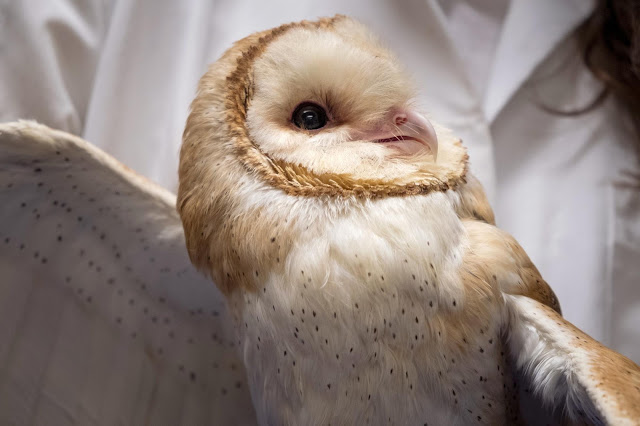
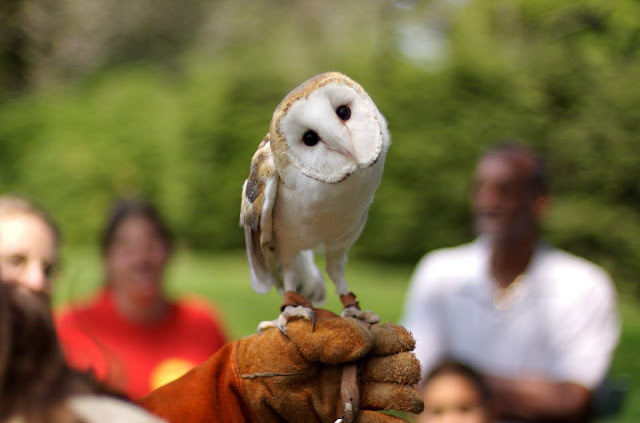
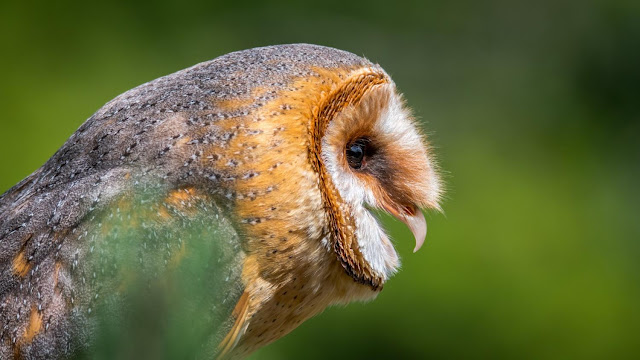
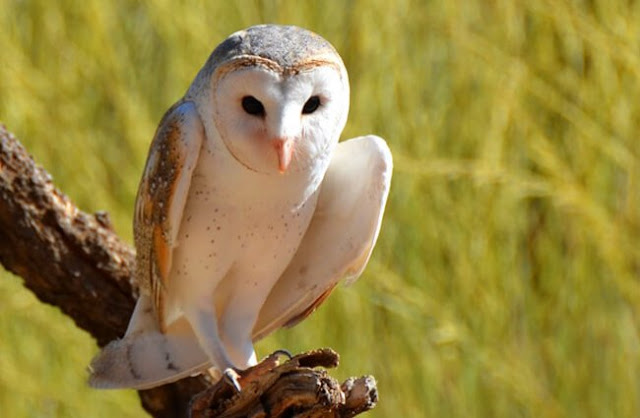
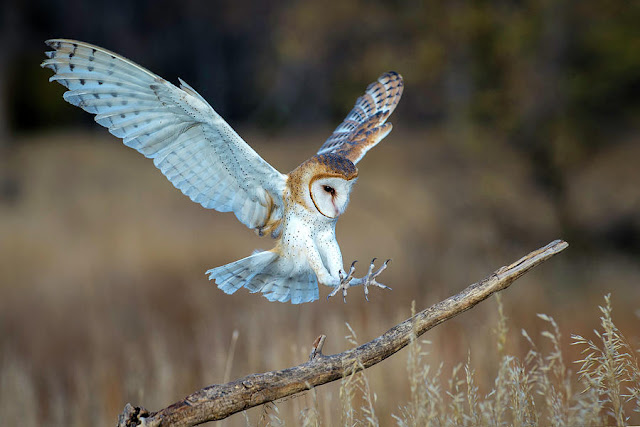
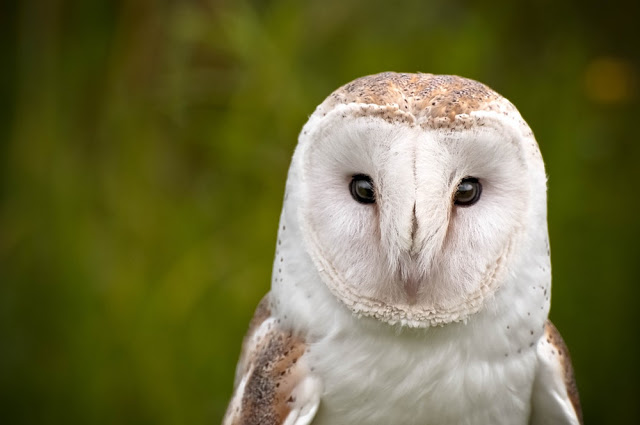













No comments:
Post a Comment